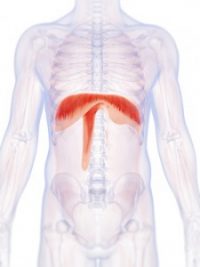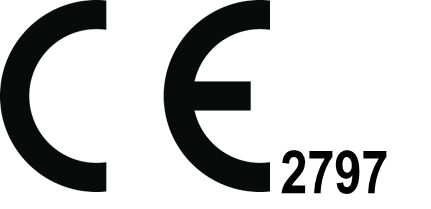
Quadriplegia is the inability to move or feel both arms and both legs because of an injury or illness. The levels of quadriplegia (C1-C8) directly correlate to a patient’s abilities and needs. (See also: Quadriplegia)
METHODS OF VENTILATION
There are alternatives to ventilators for quadriplegics:
Positive Pressure Ventilation (PPV)
- Any of numerous types of mechanical ventilation in which gas is delivered into the airways and lungs under positive pressure.
- Administered through an endotracheal tube or a nasal mask.
Diaphragm Pacing System
- A surgically implanted phrenic nerve stimulator which delivers electrical impulses to the diaphragm and restores breathing function.
- Available for ventilator-dependent patients whose diaphragm, lungs, and phrenic nerves have residual function.
COMPLICATIONS OF PPV
Mechanical ventilation is a life-saving intervention, but it can cause many problems including airway injury, ventilator-associated pneumonia, and pneumothorax or collapsed lung. Other complications include diaphragm atrophy, decreased cardiac output, and oxygen toxicity.
ADVANTAGES OF DIAPHRAGM PACING SYSTEMS
Read below to learn how the Avery Diaphragm Pacing System System can offer a significant improvement in the quality of life of ventilator-dependent quadriplegics.
Improved pulmonary function – A diaphragm pacing system draws inhaled air into the lungs by the diaphragm under negative pressure. This is physiologically superior and therefore, more comfortable than a mechanical ventilator which uses positive pressure to deliver air.
Lower risk of infection – Pacing patients are at much lower risk of upper airway infections including ventilator-associated pneumonia due to the reduction in suctioning, elimination of external humidifier and ventilator circuits, and the potential removal of the tracheostomy tube in appropriate patients.
Increased mobility – Breathing pacemakers are small and do not require the bulky tubing and batteries of mechanical ventilators. Furthermore, unlike PPV, the diaphragm pacing system is silent, increasing the patient’s ability to participate in social situations.
Quality of life – Many quadriplegics strongly prefer pacing over mechanical ventilation for a variety of reasons including normal breathing and speech patterns, ease of eating and drinking, and improved sense of smell. Read these quadriplegics testimonials.
Lower cost – Breathing pacemakers cost far less than the fixed costs and disposable supplies associated with positive pressure ventilation. In addition, diaphragm pacing systems are approved for reimbursement under Medicare. Most government and private insurers follow those guidelines.
At Avery, we have a long history of improving the lives of patients needing breathing assistance. Contact Avery Biomedical Devices to learn more about ventilators for quadriplegics and the benefits of the Avery Diaphragm Pacing System System.
THE AVERY DIAPHRAGM PACING SYSTEM SYSTEM
The Avery Diaphragm Pacing System System is the only diaphragm-pacing system with full pre-market approval from the USFDA and CE marking privileges under the European Active Implantable Medical Device Directive for both adult and pediatric use. In addition, its system of using small implanted radiofrequency receivers rather than electrode wires that pass directly through the skin may decrease a patient’s risk of infection and ongoing wound care management issues.



